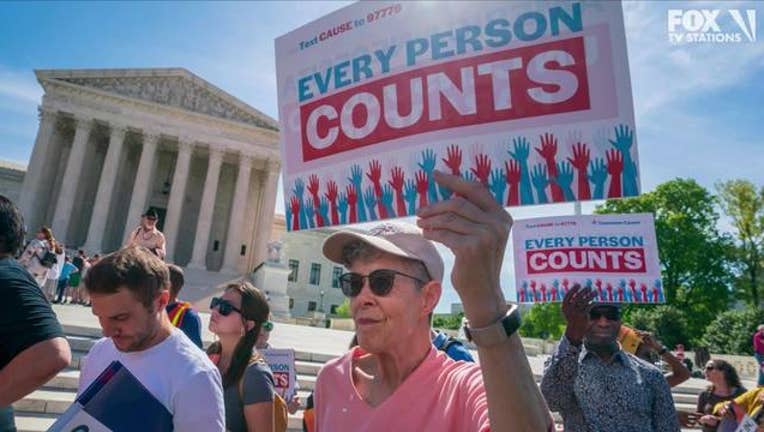U.S. Census: nation and Bay Area getting older, more diverse

OAKLAND, Calif. - The nation as a whole, and many counties in the Bay Area, are getting older, but that could soon change.
Nationwide, the median age in 2018 for Americans increased to 38.2 years, up from 37.2 years in 2010, according to new data from the U.S. Census Bureau.
When it comes to the oldest state in the nation, Maine saw the largest increase in median age from about 43 years to roughly 45 years. Utah had the lowest median age at 31 years.
Locally, the data also shows that in Contra Costa, Alameda, Santa Clara, San Mateo and Solano counties, the populations are getting older.
"The nation is aging — more than 4 out of every 5 counties were older in 2018 than in 2010. This aging is driven in large part by Baby Boomers crossing over the 65-year-old mark. Now, half of the U.S. population is over the (median) age of 38.2," said Census Chief of Population Estimates Luke Rogers.
It's true: an estimated 10,000 Baby Boomers will hit retirement age every day from now until 2030. But, Millennials--those ages 23 to 38--are expected to overtake Boomers in population this year when their numbers swell to 73 million and Boomers decline to 72 million, according to the Pew Research Center.
Millennials will outnumber Boomers in part because immigration has been boosting their numbers, according to the center.
As the nation continues to grow older, it is also changing by race and ethnicity.
For example, the median age for American Indians and Alaska Natives as well as Hispanics increased by 2.2 years between 2010 and 2018, while the median age for whites went up only 1 year.
The data may not be surprising.
A 2017 study published in the Journal of the American Medical Association shows that most tribal communities saw an overall rise in average life span due to better and more accessible health care. For Alaska Natives, the gains in median age, experts say, could be because life expectancy was previously significantly lower than the national average.
While the new data shows an uptick in an aging, it also shows that the face of our nation is changing by race and ethnicity.
For example, Asians are now the largest racial group in Alameda County and Santa Clara County. Between 2010 and 2018, the Asian population in Alameda County grew from about 26 percent to roughly 32 percent. Santa Clara County's Asian population grew from 32 percent to roughly 38 percent during the same time period.
By comparison, San Francisco County, which includes the oldest and longest continuously running Chinatown in the Western Hemisphere, saw an increase of 3 percent for people of Asian descent.
Milpitas, Cupertino and Fremont are among the top ten cities with the highest Asian population in California, which is the state with the highest Asian population in the nation.
While the Asian population swelled in many Bay Area counties, Census data shows that In Alameda, Contra Costa and Santa Clara counties, the black population dipped.
In 2010, for example, blacks comprised 12.2 percent of the population in Alameda County. That number has dropped to 11.2 percent for 2018. Similarly, Contra Costa County saw a decline in the black population from 9.5 percent to 8.9 percent during the same time period.

